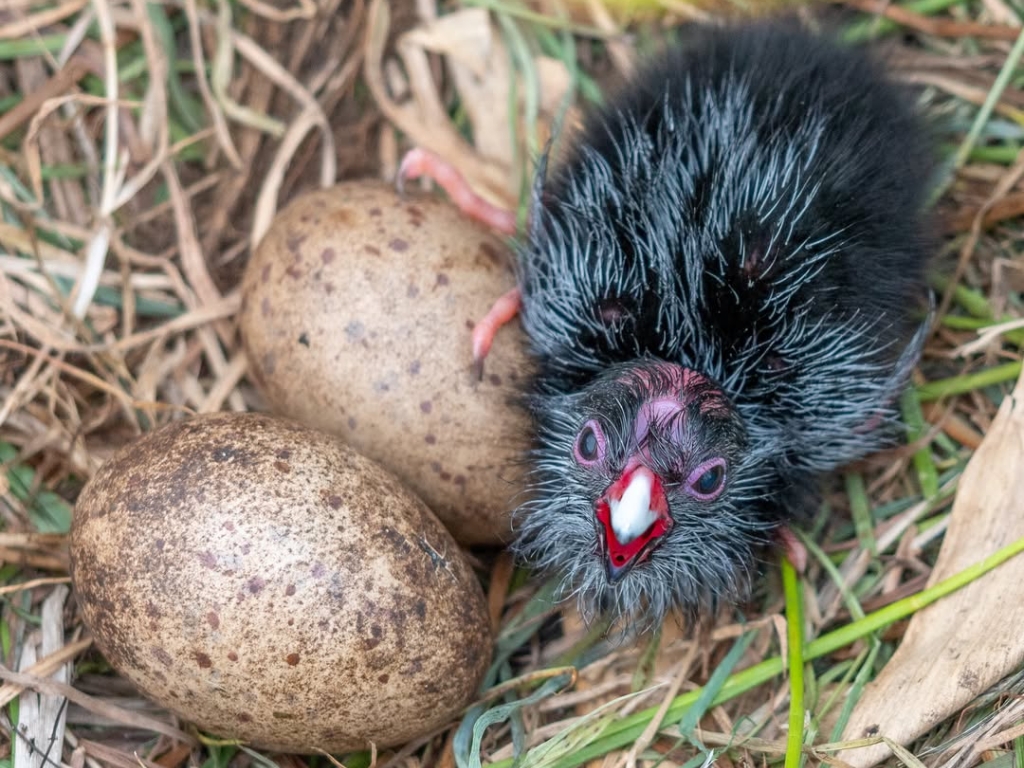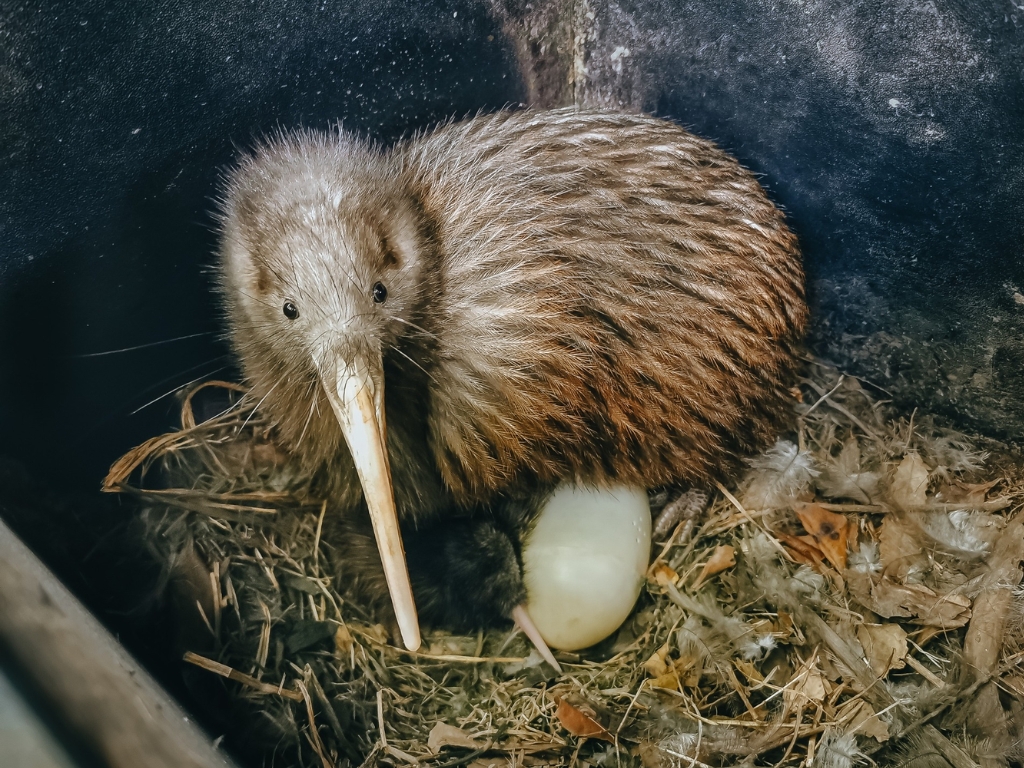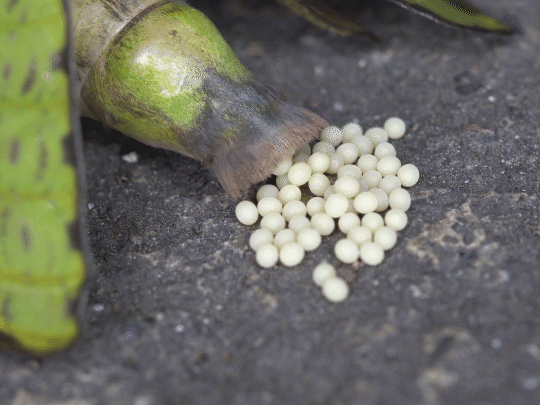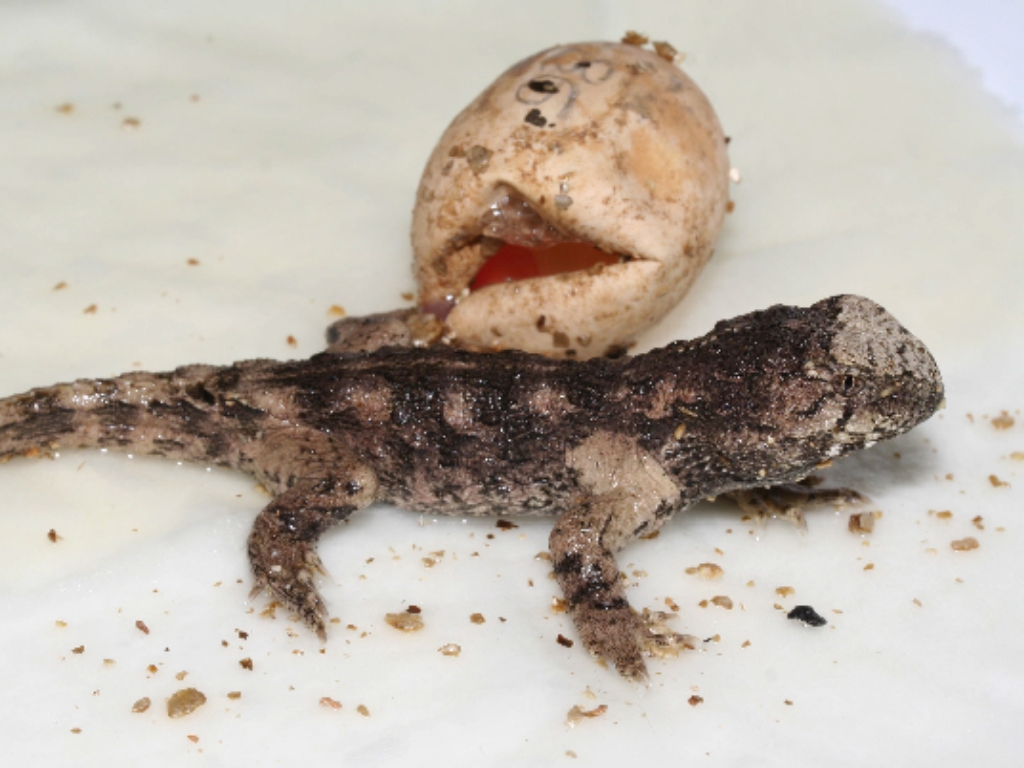From clever tricks to team parenting, here are some cracking facts about our native wildlife and their weird, wonderful eggs.

Outsourcing parenting: koekoeā (long-tailed cuckoo)
The koekoeā takes laziness to the next level. Rather than building their own nest, they hijack an existing one — from mohua (yellowhead), pōpokotea (whitehead) or pīpipi (brown creeper).
Koekoeā lay their eggs in the host species’ nest. Once hatched, the koekoeā chick outcompetes the host chicks for food and care. This strategy saves time and energy for the koekoeā parent, leaving all the hard work to the unsuspecting host parents.

Teamwork makes the dream work: pūkeko

Pūkeko are the ultimate team players when it comes to raising their young.
Several breeding females in an area will create and share one large nest, which can hold up to 18 eggs. Parents take turns incubating the eggs over three weeks.
After hatching, the entire group pitches in to care for the chicks. It really does take a village to raise a child, and pūkeko show us how it’s done.
One at a time: kiwi
Flightless birds don’t need to keep weight down, and kiwi are no exception. They lay massive eggs that can weigh up to 450g. That’s about 20% of the mother’s body weight, the largest in proportion to the size of any bird.
Producing this whopper egg is rough on the mother; she triples her usual food intake during the month-long egg-growing process. For the last couple of days, before the egg is laid, she has to fast — the egg is so big there’s no more stomach space for food.
Dad then sits on the egg for up to three months until it hatches. Kiwi chicks are very vulnerable to stoats; if there’s no predator control, only about 5% make it to adulthood.

Scatter and hope: pūriri moth

The pūriri moth has a different approach: quantity over quality. Females scatter thousands of tiny eggs across the forest floor and hope for the best.
After hatching, the caterpillars gradually make their way to a pūriri or kohekohe tree and burrow in.
They lurk inside for up to five years before spending the last 48 hours of their lives as moths, seeking mates and then scattering eggs, and the long cycle begins again.
Slow and steady: tuatara
Tuatara take their time when it comes to reproduction.
Mothers lay their eggs in burrows and it’s a marathon 15 months to hatch — one of the longest incubation periods in the animal kingdom. Once they hatch, tuatara young are completely on their own, as parents don’t stick around to help.
The temperature of the eggs determines the sex of the hatchlings — warmer eggs produce males, while cooler eggs produce females.

Eggs matter
Eggs are a critical part of the life cycle for native species, and they’re highly vulnerable to introduced predators like rats, stoats, possums and hedgehogs. Protecting eggs is key to ensuring the survival of our unique wildlife.
You can help by trapping in your backyard, making a safe haven for our native species. Every trap makes a difference!

